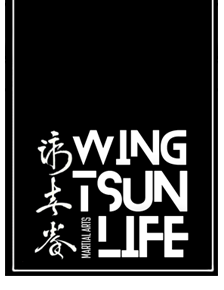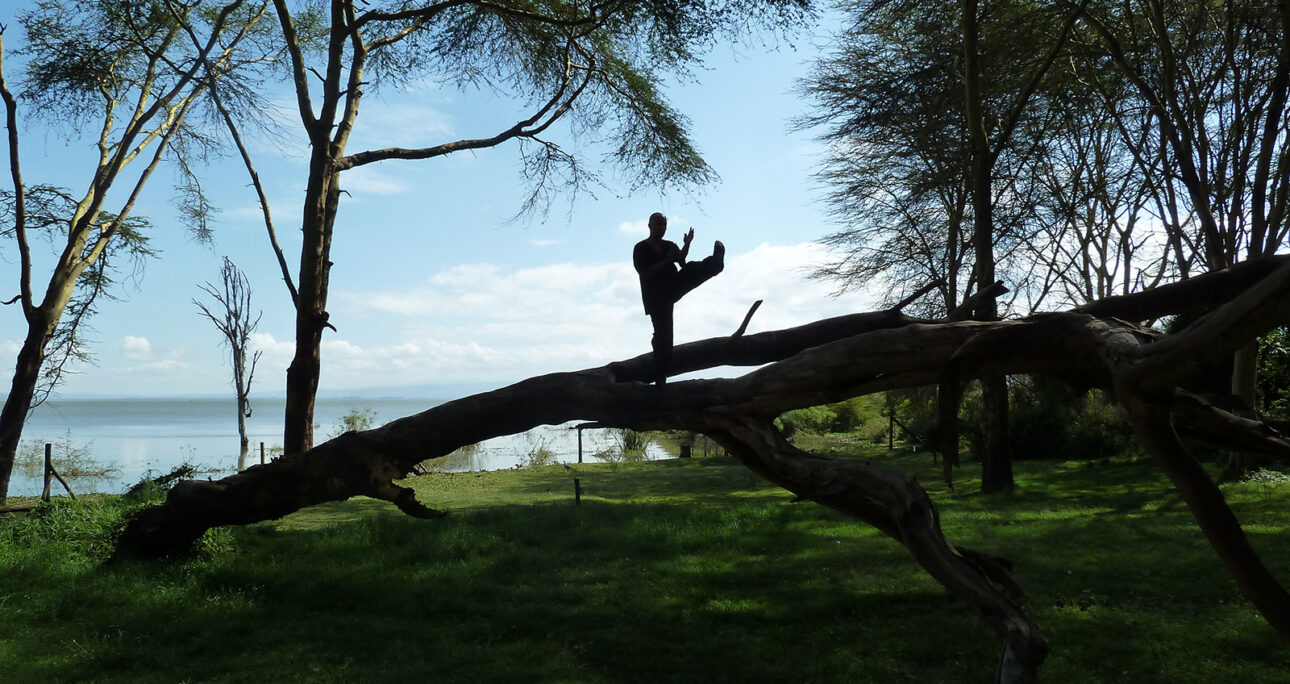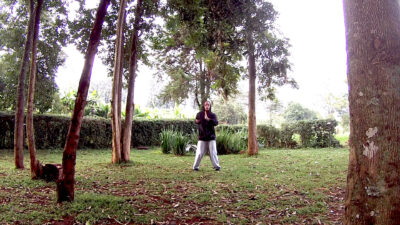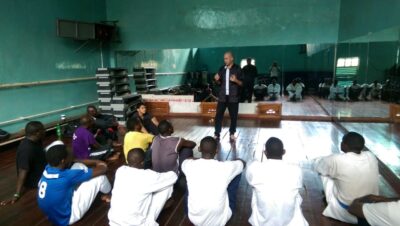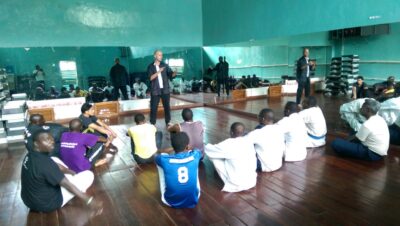1. Attention, attentiveness, imagination
- Explanation: This capability refers to the ability to focus, be attentive, and employ imagination in various situations.
- Example: In Wing Chun, practitioners need to pay attention to their opponent’s movements, be attentive to changes in their surroundings, and imagine different scenarios to anticipate their opponent’s actions.
- Tip: Practice mindfulness exercises to enhance attention and attentiveness. Engage in creative activities that stimulate imagination, such as visualization exercises or improvisational games.
2. Suppleness, dexterity, flexibility
- Explanation: This capability involves being supple, agile, and flexible in body movements.
- Example: In Wing Chun, practitioners need to have supple wrists for effective trapping techniques, be dexterous in hand movements for fast strikes, and be flexible in footwork to maintain balance and adapt to different situations.
- Tip: Incorporate stretching exercises and mobility drills into your training routine. Practice drills that improve coordination and agility, such as shadowboxing or partner drills.
3. Balance
- Explanation: This capability refers to maintaining physical balance and stability during movements and techniques.
- Example: In Wing Chun, practitioners need to maintain balance while executing strikes, footwork, and defensive maneuvers, ensuring stability and efficient energy transfer.
- Tip: Practice standing exercises that promote balance, such as single-leg stands or the Wing Chun “Yee Jee Kim Yeung Ma” stance. Strengthen core muscles to improve overall balance and stability.
4. Physical unity
- Explanation: This capability involves coordinating different parts of the body to work together harmoniously.
- Example: In Wing Chun, practitioners aim to achieve physical unity by integrating hand techniques, footwork, and body positioning. This allows for efficient and effective execution of techniques.
- Tip: Practice drills that emphasize the coordination of different body parts, such as simultaneous hand and foot movements or integrating upper and lower body movements in striking combinations.
5. Perception, interaction of the senses
- Explanation: This capability involves perceiving and interpreting sensory information to interact effectively with the environment.
- Example: In Wing Chun, practitioners need to perceive their opponent’s movements through visual and tactile cues, interact with their environment by adapting footwork to different surfaces, and respond accordingly.
- Tip: Practice sensory awareness exercises, such as blindfolded drills or partner drills that focus on tactile sensitivity. Develop your ability to read and interpret body language and subtle cues during sparring or training.
6. Timing and sense of distance
- Explanation: This capability refers to the ability to accurately judge timing and distance between oneself and the opponent.
- Example: In Wing Chun, practitioners need to have precise timing for counters and defensive maneuvers, as well as a keen sense of distance to deliver effective strikes and maintain proper positioning.
- Tip: Practice drills that focus on timing and distancing, such as speed drills or partner drills that involve maintaining the appropriate distance for striking or trapping techniques.
7. Warrior spirit
- Explanation: This capability involves having the mindset and determination to face challenges and persevere in combat situations.
- Example: In Wing Chun, practitioners cultivate a fighting spirit by developing mental resilience, maintaining focus and determination, and demonstrating courage and perseverance in training and sparring.
- Tip: Foster a positive and determined mindset through mental conditioning exercises, visualization techniques, and setting challenging goals. Surround yourself with supportive training partners and instructors who inspire and motivate you.
Remember, developing these capabilities requires consistent practice, dedication, and a growth mindset. Regular training, focused drills, and seeking guidance from experienced instructors can help you cultivate and enhance these skills in your Wing Chun journey.
